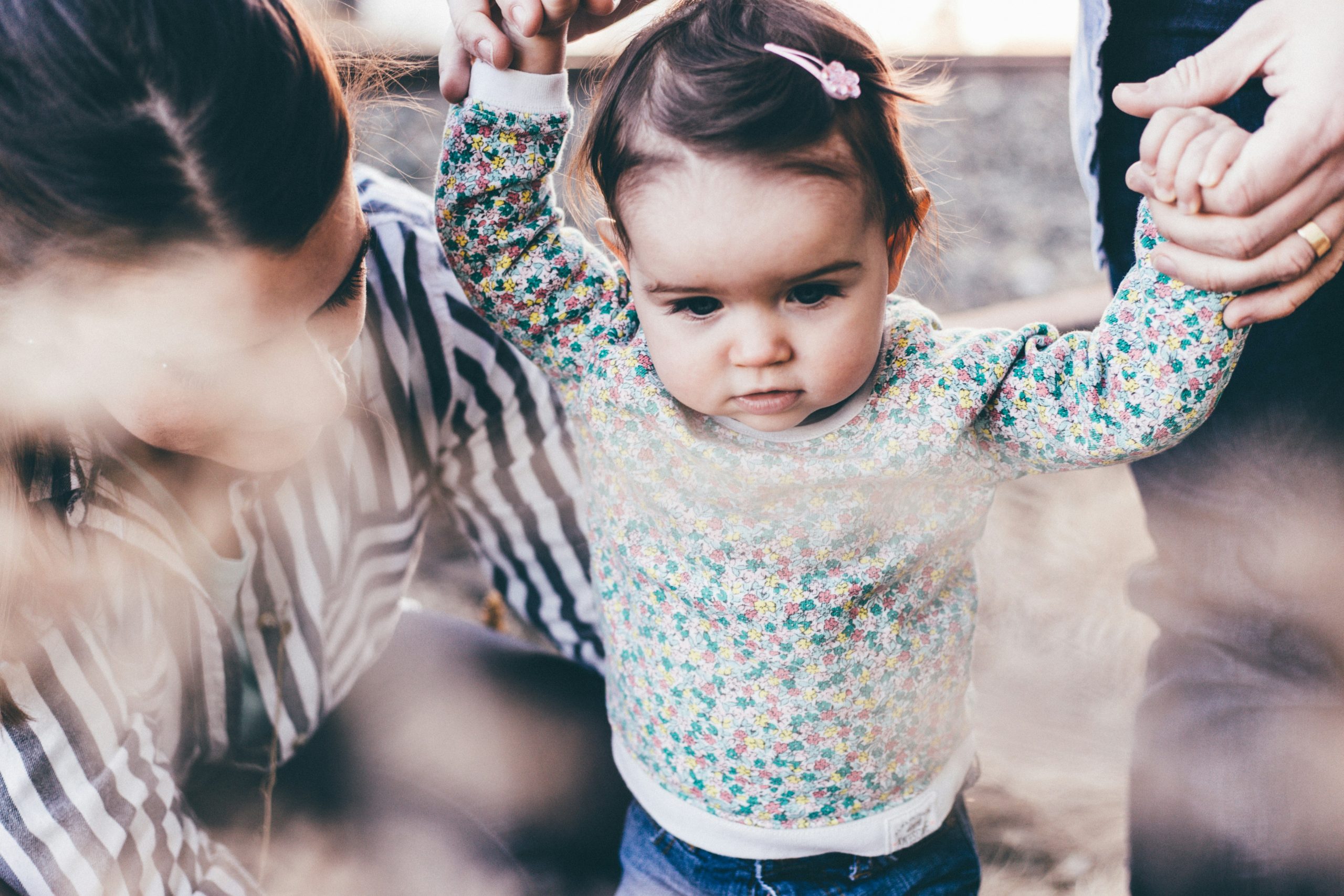As the sun rises on the adventure of parenthood, the journey unfolds with a myriad of challenges and joys. We will delve into the realm of positive parenting techniques, observing the nurturing dance between caregivers and their little ones. From gentle guidance to fostering emotional intelligence, we explore the art of positive parenting, inviting us to embrace techniques that cultivate a foundation of love, respect, and understanding.
The Art of Connection
- Establishing Emotional Bonds: In the world of positive parenting, building emotional bonds forms the cornerstone. Caregivers are attuned to the emotional needs of their children, which can foster a secure attachment if there is predictability and consistency. If there is predictability and consistency a child can begin to form a secure attachment and a foundation for healthy development.
- Active Listening and Empathy: Positive parents engage in active listening in the dance of communication. Parents attune themselves to their child’s feelings, expressing empathy to validate emotions and strengthen the parent-child connection.
- Setting Clear Expectations: Positive parenting involves setting clear and realistic expectations. With an understanding of age-appropriate behavior, parents guide with patience and consistency, creating an environment where children can thrive.
Tips for Establishing Emotional Bonds:
- Spend quality time with your child, engaging in activities that foster connection.
- Respond promptly to your child’s cues, whether they’re happy, sad, or need comfort.
- Create routines that provide a sense of security and predictability.
Guidance with Positivity
- Encouragement over Criticism: Positive parents understand the transformative power of encouragement. Rather than focusing on shortcomings, they celebrate efforts and achievements, fostering a positive self-image in their children.
- Teaching through Positive Reinforcement: The art of positive parenting lies in teaching through positive reinforcement. By acknowledging and rewarding positive behaviors, caregivers motivate their children to make choices that align with family values.
- Problem-Solving as a Team: In the realm of positive parenting, challenges become opportunities for collaboration. Depending on the child’s age, parents can involve their children in problem-solving, teaching essential life skills, and fostering a sense of responsibility.
Tips for Positivity with your child:
- Catch your child doing something right and praise their efforts.
- Create a reward system that reinforces positive behavior.
- Encourage open communication, making space for your child’s thoughts and feelings.
Disciplining with Compassion
- Understanding Age-Appropriate Discipline: Positive parents recognize that discipline is a form of teaching rather than punishment. They tailor their approach to the child’s developmental stage, using techniques that align with the child’s understanding.
- Time-In Instead of Time-Out: Instead of traditional time-outs, positive parents embrace the concept of time-in. In moments of difficulty, caregivers remain present with their children, offering guidance and comfort to help them navigate their emotions. This means you can speak to your child about what was positive or negative in the situation and create an understanding of what the new behavior or attitude will look like in the future instead of the child sitting alone wondering about what they did or how to change the situation.
- Modeling Positive Behavior: The strongest lessons often come from observation. Positive parents model the behavior they wish to see in their children, fostering an environment where kindness, respect, and empathy are not just taught but lived.
Tips for Disciplining with Compassion
- Communicate expectations clearly and calmly.
- Use consequences that are logical and related to the behavior.
- Encourage your child to reflect on their actions and express their feelings.
As the journey through positive parenting unfolds, caregivers find themselves navigating the delicate balance of love and guidance. Caregivers who are armed with patience and understanding can create a nurturing environment for their children to blossom. The dance of positive parenting is not a flawless performance but a continuous exploration, guided by principles that celebrate the unique spirit of each child. As the story concludes, the echoes of positivity resonate, leaving an indelible mark on the hearts of both parents and children alike, weaving a tapestry of connection and growth.




